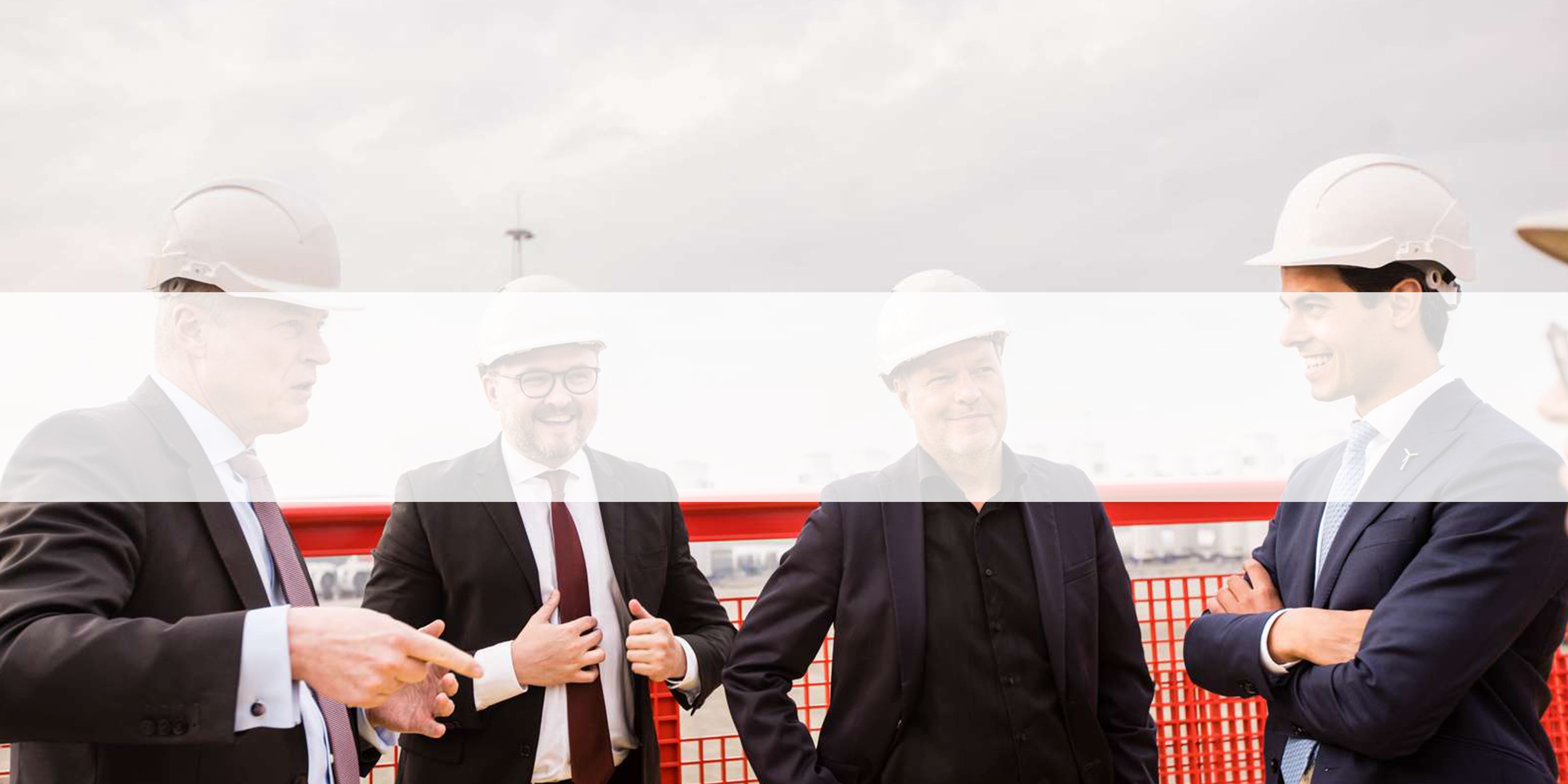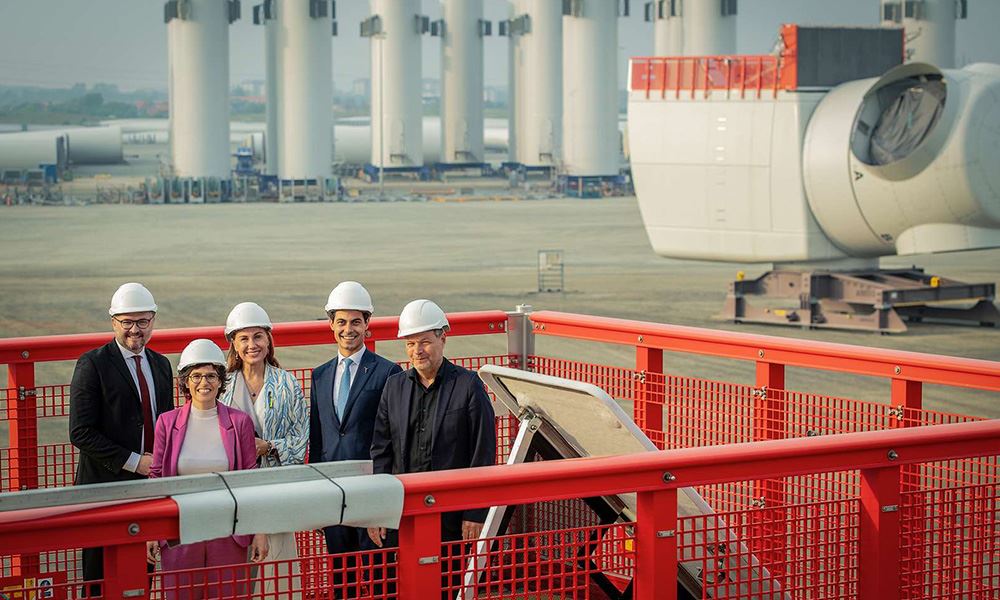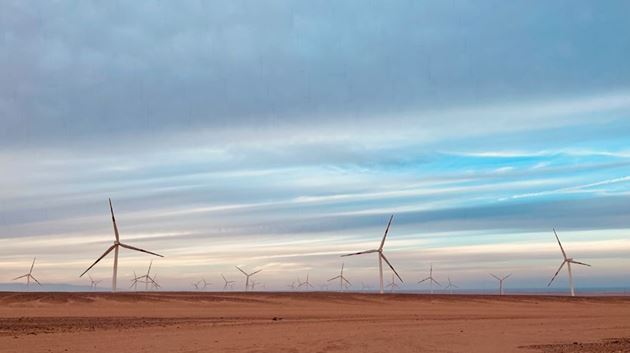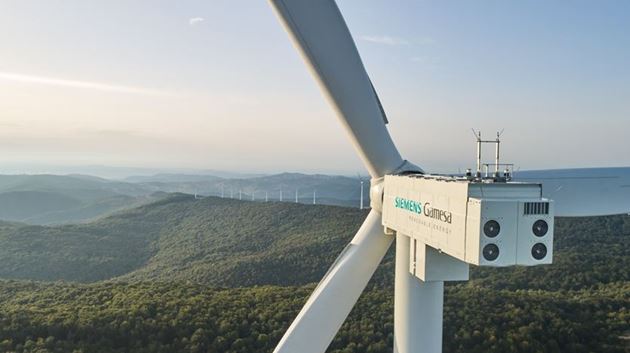
European Winds are Stronger than Ever
During the event, the Danish Prime Minister declared in her speech that “setting a vision is not enough, we will make it happen”. The North Sea has always been a leading region in terms of offshore wind power and this meeting represented no less. Additional to the Declaration, the four Energy Ministers signed several bilateral declarations that cover ambitions on green hydrogen and the establishment of more energy islands in the North Sea. Already the following day, energy infrastructure company Copenhagen Infrastructure Partners announced its intention to build a hydrogen island in cooperation with Germany.

REPowerEU actions include increasing the target for final renewable consumption from 40% to 45% by 2030, adding extra 30GW of wind to the already foreseen 450GW; simplifying and accelerating permitting processes -major bottlenecks of infrastructure development- through different mechanisms; promoting the consumption of 20 million tonnes (mt) of renewable hydrogen by 2030 -10 mt home produced and other 10mt from imports-; supporting extra funding for renewable hydrogen research and development; supporting partnerships in the Mediterranean and the North Seas with non-EU members, Ukraine included, and so much more. Additionally, the war has hastened the urgency of the green transition, making energy security a top priority of EU policy and renewables a pillar to it. Of course, there is still a lot of work ahead. In 2021, the EU 27 Member States only installed 11GW of wind capacity. Bearing in mind that the target for 2030 is 280GW, the block needs to install more than 32GW per year until 2030. So, the challenge remains.
Nevertheless, there has never been such ambition from politicians and institutional stakeholders to liaise with the sector with the ultimate goal of making those high targets transform into real projects.
Both the Esbjerg Declaration for Offshore wind in the North Sea and the REPowerEU, are big steps in the right direction. Policymakers have acknowledged the importance of wind energy while also supporting the measures that shall be adopted to keep a resilient made-in-Europe industry with the ability to set standards in the global arena. We at Siemens Gamesa remain committed to becoming key partners to the green transition and will keep interacting with relevant stakeholders so that a healthy supply chain can move forward united and thrive in the future. Let’s unleash our full potential!


